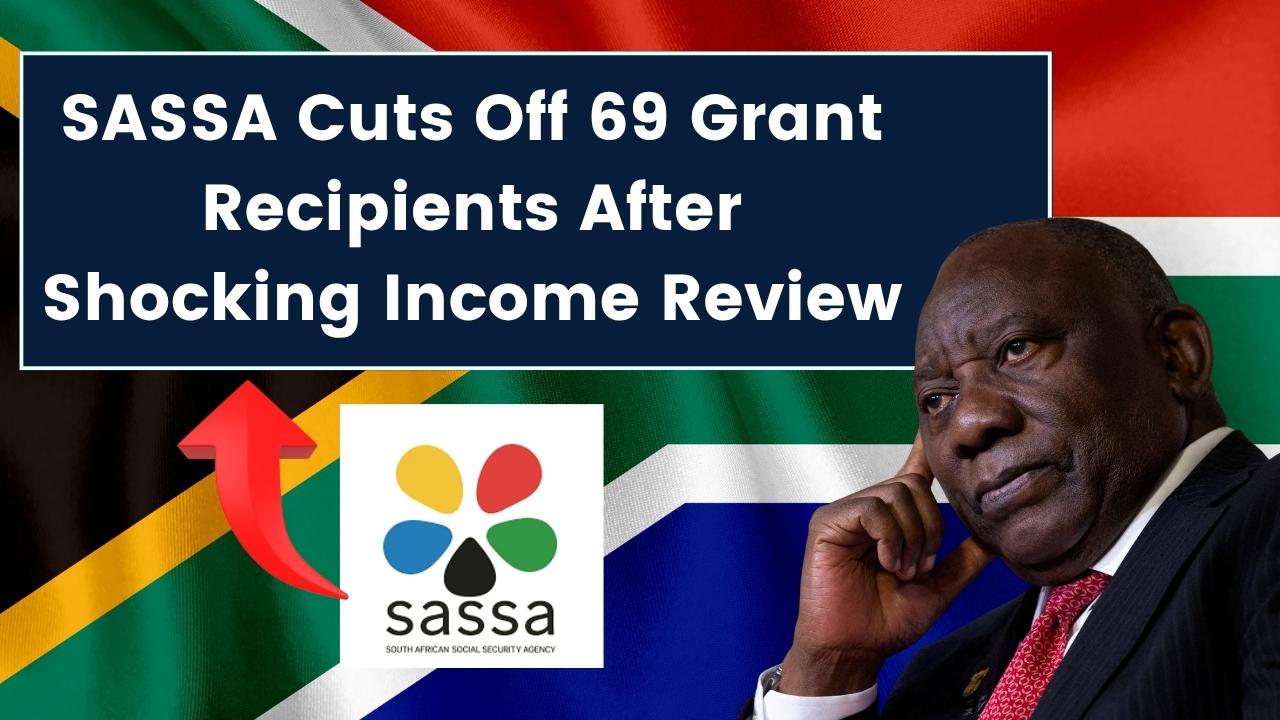Odisha, a state on India’s eastern coast, has been at the forefront of a battle against Left-Wing Extremism (LWE), commonly known as Maoism or Naxalism, for several years. The state, which boasts lush forests and a vast tribal population, has struggled with insurgent groups that have used violence to push for a more radical redistribution of power. However, over the years, significant progress has been made in curbing the threat of these extremist groups, even as challenges persist in the remote tribal areas.

In this article, we will explore Odisha’s ongoing fight against Left-Wing Extremism, focusing on the progress made, the ongoing challenges, and the best strategies to deal with these issues in the future. Whether you’re new to the topic or seeking detailed insights, this guide will provide a comprehensive overview with the latest data, strategies, and recommendations.
Odisha’s Fight Against Left-Wing Extremism
| Key Point | Details |
|---|---|
| Reduction in LWE Violence | LWE-related fatalities decreased to 9 in 2023 from 17 in 2022. |
| Strategic Appointments | ADG Sanjeeb Panda appointed to oversee anti-Naxal operations. |
| Ongoing Maoist Activities | Maoists still active in tribal areas, with explosive seizures. |
| Socio-Economic Challenges | High poverty, landlessness, and lack of development in tribal areas. |
| Key Government Measures | Introduction of toll-free numbers for intelligence gathering. |
| Future Directions | Focus on socio-economic development and protection of tribal rights. |
For more details on Odisha’s LWE battle, you can visit the official Ministry of Home Affairs website.
Odisha’s fight against Left-Wing Extremism has seen notable progress, but the journey is far from over. A combination of security measures, socio-economic development, and community involvement will be key to achieving lasting peace. By continuing to address the root causes of extremism and ensuring that tribal communities are empowered and protected, Odisha can build a more secure and prosperous future for all its citizens.
The Growing Fight Against Left-Wing Extremism in Odisha
Odisha’s struggle with Left-Wing Extremism has been a long and tumultuous one. Maoist insurgents, often referred to as Naxalites, have used guerilla warfare tactics in the state’s remote forested regions to challenge state and central government authority. Their primary aim is to address issues like economic inequality, land ownership, and political representation, which they feel have been marginalized by both local governments and corporate interests. This has created a volatile environment in Odisha’s tribal areas, where large populations live in poverty and lack basic services like healthcare, education, and employment opportunities.

The Key Factors Driving Left-Wing Extremism in Odisha:
- Geographical and Tribal Challenges: Odisha is home to one of India’s largest tribal populations, and many of these communities live in deeply forested and hilly areas that are difficult to access. The dense jungles and rugged terrains provide perfect hideouts for insurgents.
- Economic Inequality: Tribal communities in Odisha often live in extreme poverty, with limited access to employment, healthcare, and education. The lack of infrastructure and job opportunities has fueled resentment towards the government, creating fertile ground for extremist ideologies.
- Land Alienation: Tribal lands have often been acquired by the state or private companies for development projects, leading to displacement and loss of livelihood. This has been one of the biggest grievances of local populations, as it leads to further alienation and exploitation.
Notable Progress in Combating Left-Wing Extremism
1. Decline in Violence and Fatalities
One of the most significant achievements in Odisha’s battle against Left-Wing Extremism has been the reduction in violence. According to recent reports, LWE-related fatalities in the state have decreased significantly. In 2023, only 9 fatalities were recorded, compared to 17 in 2022. This reflects the success of Odisha’s intensified security operations, which have focused on both disrupting Maoist operations and improving the welfare of local communities.
The improved security situation is partly due to better coordination between central and state security forces. Odisha has invested heavily in training local police forces, increasing the number of paramilitary forces deployed in high-risk zones, and utilizing technology for intelligence gathering. The state’s Special Intelligence Wing (SIW) has played a pivotal role in gathering actionable intelligence about Maoist movements and plans.
2. Strategic Appointments and Strong Leadership
In 2023, the Odisha government appointed Sanjeeb Panda, Additional Director General of Police (ADG), to oversee the state’s anti-Maoist operations. Panda’s appointment has been seen as a crucial step toward boosting coordination between different security agencies, enhancing response time, and ensuring that operations are more targeted and efficient.
Under his leadership, Odisha’s forces have been able to break up several Maoist cells and disrupt their supply lines. Panda’s extensive experience in counter-insurgency operations has been instrumental in shaping strategies that are both proactive and community-oriented.
3. Community Involvement and Intelligence Gathering
A major breakthrough in Odisha’s efforts to curb LWE has been the introduction of community involvement in intelligence gathering. The Odisha Police launched a toll-free number for residents to anonymously report any Maoist activities in their regions. This initiative has fostered a sense of trust between the community and the authorities, allowing local residents to actively contribute to the fight against extremism without fear of retribution.
These grassroots intelligence efforts have helped authorities intercept several Maoist activities before they could escalate into full-scale attacks.
Ongoing Challenges in Tribal Areas
Despite the progress, challenges remain, particularly in the tribal areas of Odisha. Many of the factors that fuel extremism in these regions are deeply entrenched and require long-term solutions.
1. Persistent Maoist Activities
While the overall violence has decreased, Maoist insurgents still have a presence in Odisha’s tribal regions. Recent incidents, such as the seizure of explosives in Ganjam district, show that Maoist groups continue to operate clandestinely in these areas. These attacks, although less frequent, demonstrate that the threat has not been completely eradicated.
The insurgents remain highly mobile, operating in small, decentralized units that can quickly disperse when security forces are close. This makes it difficult to completely neutralize them. Additionally, Maoist factions often exploit local discontent, promising economic empowerment and land rights to vulnerable tribal populations.
2. Socio-Economic Disparities and Land Alienation
The root causes of Left-Wing Extremism in Odisha can often be traced to socio-economic grievances. Tribal communities in the state face a severe lack of development, with many living below the poverty line. In addition, tribal lands are often taken away for corporate mining projects or government development programs, leading to displacement and loss of livelihood.
Addressing these concerns is essential for eliminating the appeal of Maoist ideology. The Odisha government has initiated several welfare schemes aimed at improving infrastructure, healthcare, and education in tribal areas, but these efforts need to be scaled up for long-lasting change.
3. The Challenge of Balancing Security with Development
While military operations against insurgents are crucial, they must be balanced with socio-economic development initiatives. Over-reliance on force can alienate local populations and drive more recruits into the arms of insurgents. The government must continue to prioritize improving the living conditions of Odisha’s tribal communities, offering them better access to jobs, education, and healthcare.
Strategic Recommendations for the Future
1. Strengthening Intelligence Networks
As Odisha continues to combat Left-Wing Extremism, one of the most effective tools will be strengthening intelligence networks. Collaboration between state and national intelligence agencies, along with local community involvement, will help neutralize threats before they escalate into violence.
2. Socio-Economic Development
Investing in socio-economic development for Odisha’s tribal areas is crucial for eradicating the underlying causes of extremism. This can include initiatives like land reforms, economic empowerment programs, and better access to education and healthcare.
3. Protecting Tribal Rights
Lastly, ensuring that the rights of tribal communities are respected and protected will go a long way in preventing the spread of extremism. Legislation that prevents land alienation and guarantees the rights of tribal communities to their land will reduce the likelihood of them being exploited by insurgent groups.
CBI Cracks Down on Bribery, Arrests Parcel Clerk at Rourkela Railway Station
Vigilance Crackdown in Cuttack: Hospital Staff Accused of Amassing Disproportionate Assets
FAQs
1. What is Left-Wing Extremism?
Left-Wing Extremism refers to the actions of radical left-wing groups that use violence to challenge political systems and social hierarchies. In India, these groups, known as Naxalites or Maoists, primarily target rural and tribal populations, advocating for land reforms and social justice through violent means.
2. How has Odisha improved security in tribal areas?
Odisha has made significant strides by enhancing coordination between local and national security forces, increasing intelligence gathering efforts, and deploying forces in sensitive areas. The appointment of a dedicated officer to oversee anti-Maoist operations has also helped streamline security operations.
3. What challenges does Odisha still face in combating Left-Wing Extremism?
While violence has decreased, challenges remain, including ongoing Maoist activities in remote areas, socio-economic marginalization of tribal communities, and land alienation. Addressing these root causes is crucial for ensuring long-term peace.





